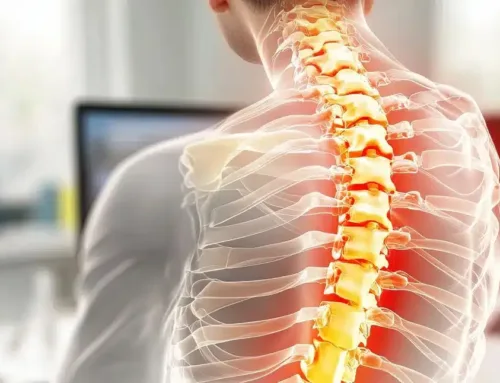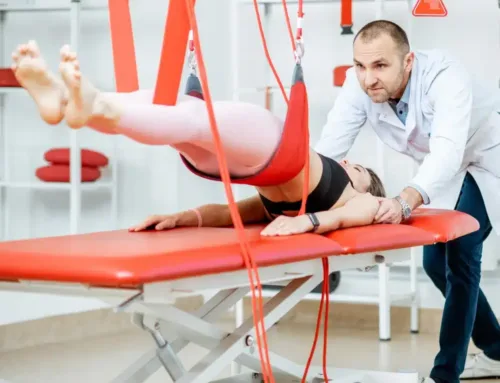Purpose: The aim of this study was to evaluate the changes in function and mental state after thoracic mobilization and manipulation in patients with chronic lower back pain (LBP).
Subjects and Methods: Thirty-six subjects were randomly divided into mobilization group (group A), manipulation group (group B) and control group (group C). The Oswestry disability index (ODI) was used to measure the functional impairment of patients with LBP. A multiple spinal diagnosis was used to measure the range of motion (ROM) of vertebra segments. The Fear avoidance beliefs questionnaire (FABQ) was used to investigate the mental state of LBP patients.
Results: Group A and group B were significantly different from group C in terms of the ODI.
Between groups, there was no difference in ROM during trunk flexion. Group A and group B were also significantly different from the control group in extension ROM. The FABQ of group B was significantly different from that of group A.
Conclusion: Application of mobilization or manipulation to thoracic lumbar vertebrae has a positive effect on function, mental state, and ROM in patients with lower back pain.
Key words: LBP, Mobilization, Manipulation





